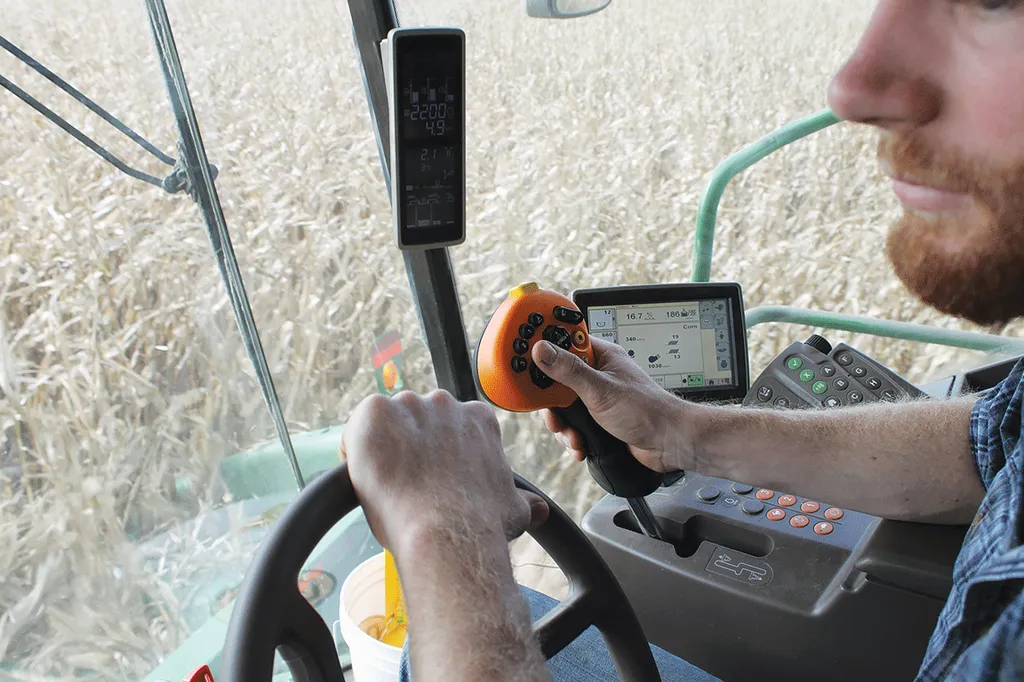In 2026, significant updates to the geodetic reference systems underpinning GPS technology will roll out, potentially impacting those who rely on precise positioning data for agriculture, surveying, and construction. The National Geodetic Survey (NGS) will phase out two outdated reference frames: NAD 83 (2011) for latitude and longitude positioning and NAVD 88 for elevational positioning. Their replacements, NATRF2022 and NAPGD2022 respectively, aim to modernize the National Spatial Reference System (NSRS), enhancing accuracy and consistency with global positioning systems like Galileo and GLONASS.
The necessity for this change stems from the current systems’ inaccuracies. NAD 83, for instance, deviates by approximately 2.2 meters from the Earth’s actual center, while NAVD 88 exhibits a vertical bias, off by up to 1 meter in certain areas. The new datums promise improved alignment with global standards, reducing discrepancies and enhancing precision.
For those utilizing GPS for precision agriculture, surveying, or construction, the shift could mean that coordinates move by up to 1–4 meters, depending on the location and system in use. This could result in mapped features appearing misplaced, auto-steer A-B lines drifting off course, or field edges no longer matching real-world layouts. The impact will vary based on the equipment and systems employed.
Not everyone will be equally affected. Users of WAAS or similar SBAS corrections, which lack the precision to track 1-2 meter changes, may not notice much difference. Similarly, those on major commercial satellite RTK platforms that already align with a global datum should see minimal disruption. However, individuals relying on local RTK base stations set up with NAD 83 coordinates, state-run RTNs referencing NAD 83 or NAVD 88, or those who have mapped and saved field boundaries using legacy systems will need to take action.
To prepare for the shift, the NGS recommends three main strategies: resurveying, readjusting, or transforming data. Resurveying involves physically re-collecting GPS coordinates using a system aligned to the new datum, ideal for those needing high accuracy for tasks like row crop spacing or drainage systems. Readjusting entails recalculating data using updated reference points or transformation software, suitable for surveyors, GIS users, or farm managers with large datasets. Transforming data involves using the free NGS Coordinate Conversion and Transformation Tool (NCAT) to shift coordinates from the old to the new datum, best for quick updates to field boundaries or checking the impact on existing data.
Consider a farmer in Eastern Iowa who has been using a local RTK base station tied to NAD 83 to map field edges with sub-inch accuracy to avoid a neighbor’s fence line. Post-2026, the new NATRF2022 datum could shift those GPS-defined boundaries by several feet. Without correction, the auto-steer system might drift across actual property lines, potentially causing disputes or crop damage.
To mitigate such issues, it is advisable to back up all current GPS files and data, consult equipment dealers about firmware updates or new coordinate system support, and use NCAT or dealer-provided tools to test key points for movement. For high-value areas, a quick resurvey might be beneficial.
In summary, while NAD 83 and NAVD 88 won’t vanish overnight, relying on outdated systems will become increasingly problematic. Taking proactive steps now to understand how your equipment references position data will help avoid future complications and ensure seamless integration with the new datums. For more detailed guidance, the NGS “Get Prepared” resource offers comprehensive information to navigate these changes effectively.

